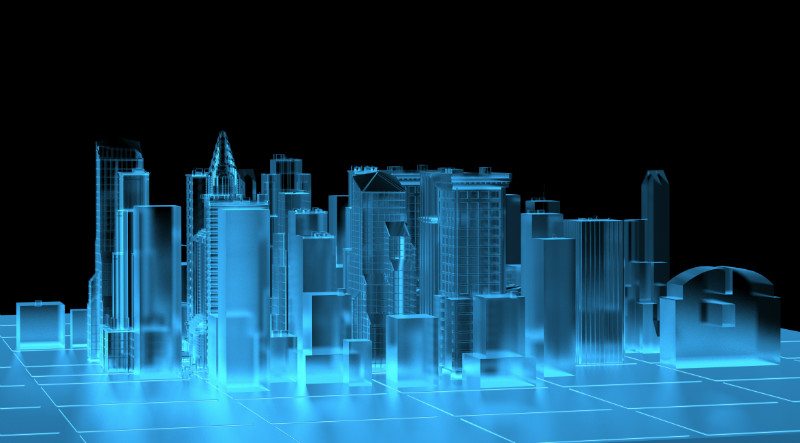Smart buildings are those that have “built-in” automation. They include a distributed control system that monitors/controls heating, cooling, HVAC, alarms, and basically anything electrical. It is no surprise that smart buildings simplify operations and are beginning to be a norm. As with any operating system, there are some things to keep in mind.
1) GROWING TREND– Buildings in the U.S. alone eat up quite a bit of the world’s energy supply. Two ways to fight that issue are to install all new high-efficiency building options or integrate the existing systems and make them smarter. The difference in both options is price: option one pays off in about 11 years while option two is more like 2 years. Integration is always more convenient than ripping and replacing.
2) SMART OPERATORS REQUIRED– Some building owners won’t even give smart buildings a chance because their engineers don’t know how to operate the technology. This can be a disadvantage but it is an accurate scenario. Operators need to be tech savvy with an understanding of electronics and the mechanics of smart buildings.
3) PRO AV PEOPLE ARE NEEDED– Architects aren’t usually familiar with the technological knowledge required to properly set up a smart building. It requires quite a bit of IT in order to properly implement a functional system.
4) NOT MEANT TO FIND OUT WHAT IS ALREADY WRONG– The goal of a smart system in a building is to learn what is about to go wrong or to piece together separate data points to expose inefficiencies. It is intended to focus on day-to-day “faults” that if detected and corrected could save time and costs.
5) NOT CONSIDERED FUTURISTIC– The concept is more of a functional and practical way to deal with current business building issues versus a futuristic idea.
The possibilities of smart spaces can be endless if one thinks of it in simple form. The same thing that makes us smart (our senses) make buildings smart (their sensors). For example, within a few years, buildings will be able to tell who (and in which room) may be bored, or who is engaged in a lecture or presentation. This quick analysis will facilitate a speaker in altering a lecture or speech to have full attention in return. In the end, smart buildings are not something with a generic definition, but more of an endless possibility to fully customize needs.


















